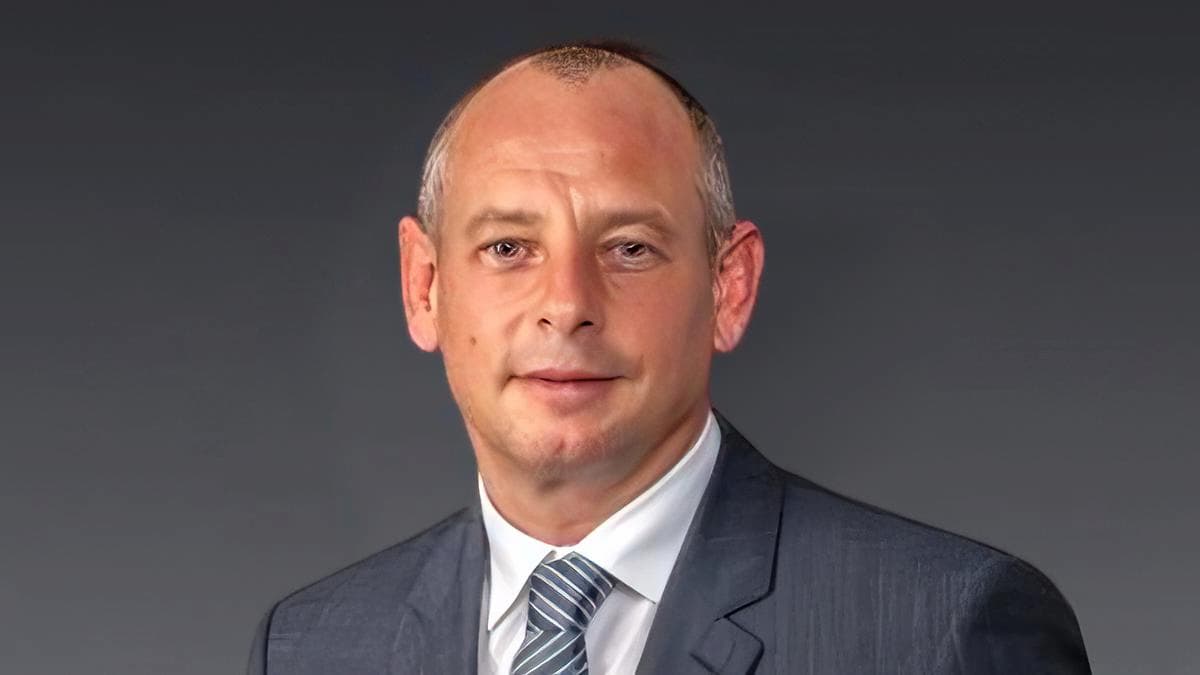
Nicholas Green, Avid Bioservices CEO
A California biotech steps into the viral vector space with new site build of $75M
As cell and gene therapy gets hotter, a California CDMO has made a play to open an entirely new arm of its operations to fill …
Sign up to read this article for free.
Get free access to a limited number of articles, plus choose newsletters to get straight to your inbox.